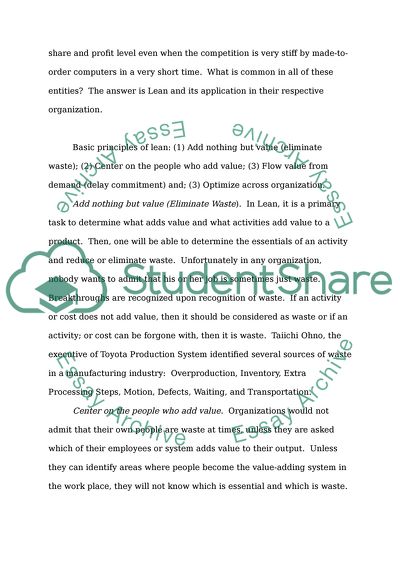Cite this document
(Lean Concept on Developed Countries and Developing Countries Case Study, n.d.)
Lean Concept on Developed Countries and Developing Countries Case Study. Retrieved from https://studentshare.org/macro-microeconomics/1516022-lean-management
Lean Concept on Developed Countries and Developing Countries Case Study. Retrieved from https://studentshare.org/macro-microeconomics/1516022-lean-management
(Lean Concept on Developed Countries and Developing Countries Case Study)
Lean Concept on Developed Countries and Developing Countries Case Study. https://studentshare.org/macro-microeconomics/1516022-lean-management.
Lean Concept on Developed Countries and Developing Countries Case Study. https://studentshare.org/macro-microeconomics/1516022-lean-management.
“Lean Concept on Developed Countries and Developing Countries Case Study”, n.d. https://studentshare.org/macro-microeconomics/1516022-lean-management.


